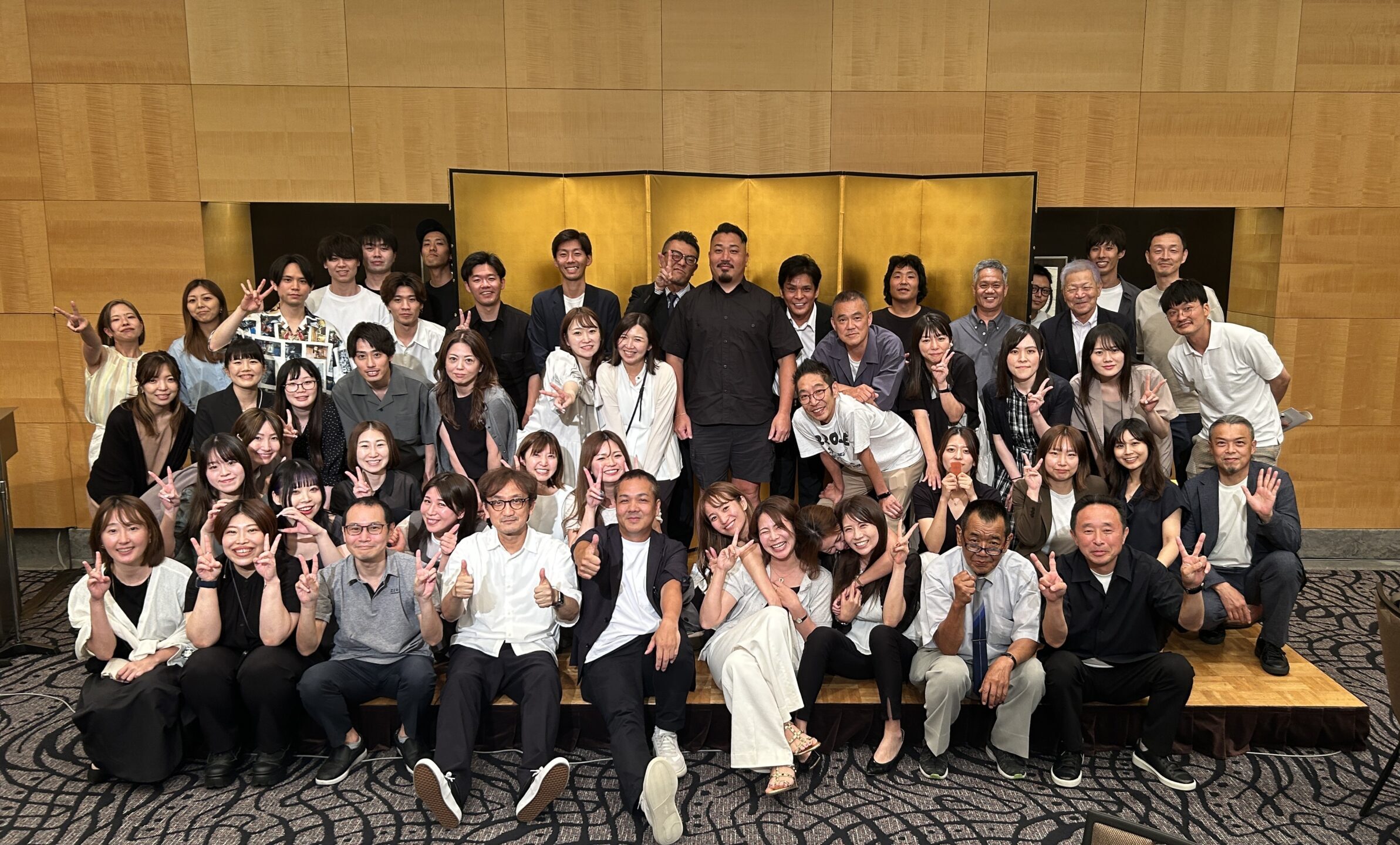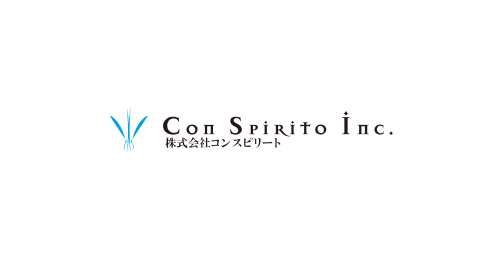

About UsAbout Us
Real estate management is
What the customer envisions
It is a means to achieve a goal
We believe that...
We put our customers' lives first,
We will propose the best plan and property for you.






Real estate management is
What the customer envisions
It is a means to achieve a goal
We believe that...
We put our customers' lives first,
We will propose the best plan and property for you.


We can provide comprehensive support, from real estate asset formation to management support.
Our knowledgeable staff will make suggestions tailored to each individual customer.
Those who are just starting to invest

People who own property

Those who want to take measures for inheritance and organize assets

We held the 18th fiscal year 2025 end-of-year party.

We will be holding a webinar on the trailer house business.
Location: Zoom
Date and time: 2025-06-2017:00-18:00

[Important] Beware of fake Instagram accounts

We have renewed our website.
We are currently delivering useful information on real estate management!

Don't fail in real estate management! [Beginner]
2020/10/01

Loan Basics: Repayment Ratio! [Beginner] A
2020/10/02

Tax on real estate capital gains [Intermediate]
2021/06/17

Various costs involved in buying and selling real estate [Beginner]
2021/06/13

Let's take a look at Village House [Beginner]
2021/03/04

[Taiwan branch establishment commemoration!] We asked the people on the ground about the Japanese real estate market from Taiwan's perspective!
2020/10/01